Why use Blephasteam® ?
Innovative medical device Class IIa
Blephasteam® is an innovative and patented device. It is aligned device with experts guidelines.
Blesphasteam® uses proven heat and humidity therapy.
Daily sessions of 10 minutes are enough to regain ocular comfort.
For all the family
Blephasteam® is intended for the eye comfort of the whole family (adults & children from 3 years old) thanks to a removable & fully adjustable water carrier / face seal*.
*Children’s water carrier can be ordered separately
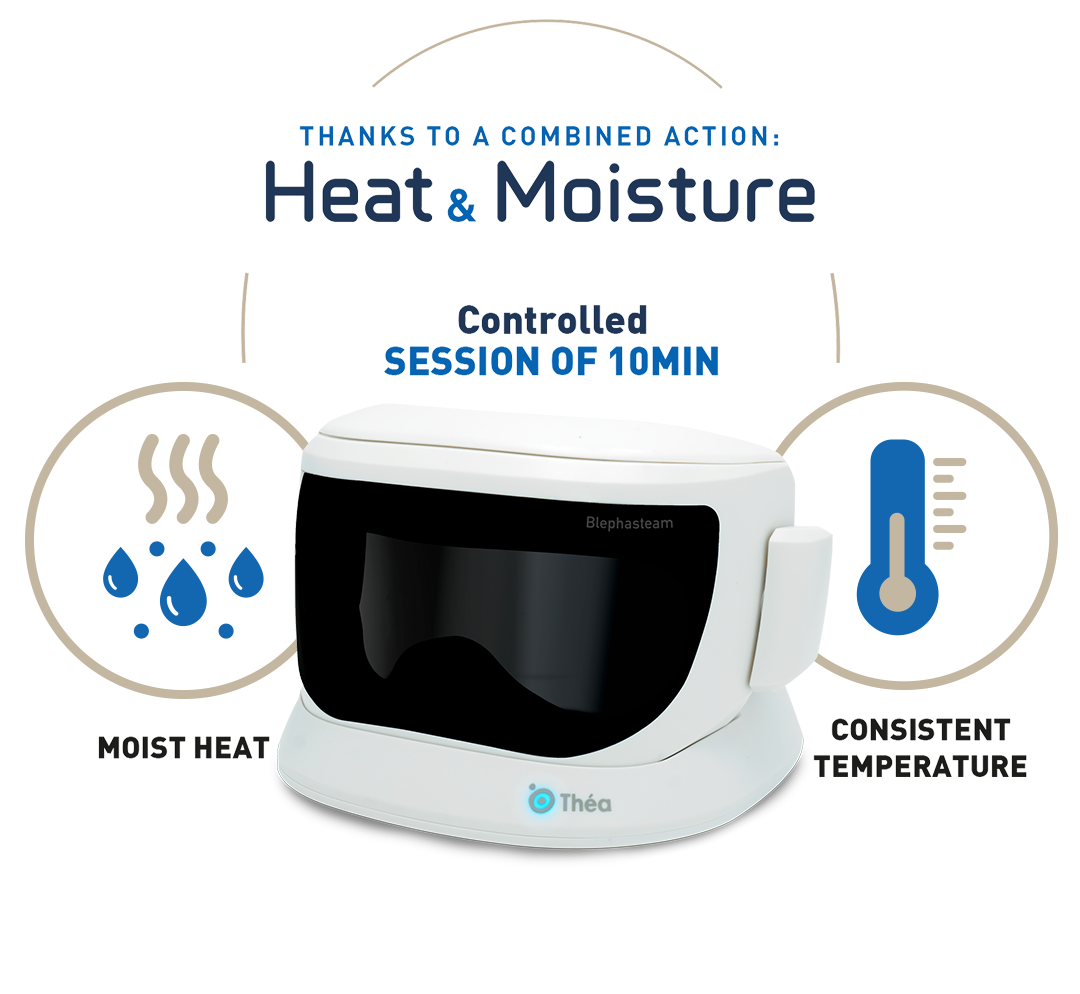
High Prevalence of MGD Among the general population
What is Meibomian Gland Dysfunction?
Meibomian Gland Dysfunction (MGD) is a chronic, diffuse abnormality of the meibomian glands, commonly characterized by terminal duct obstruction and/or qualitative or quantitative changes in the glandular secretion(1).
How many people have Meibomian Gland Dysfunction ?
of patients are diagnosed with MGD during routine ophthalmologic consultations(2)
of patients with dry eye have MGD signs(3)
What are the symptoms of MGD? (1)
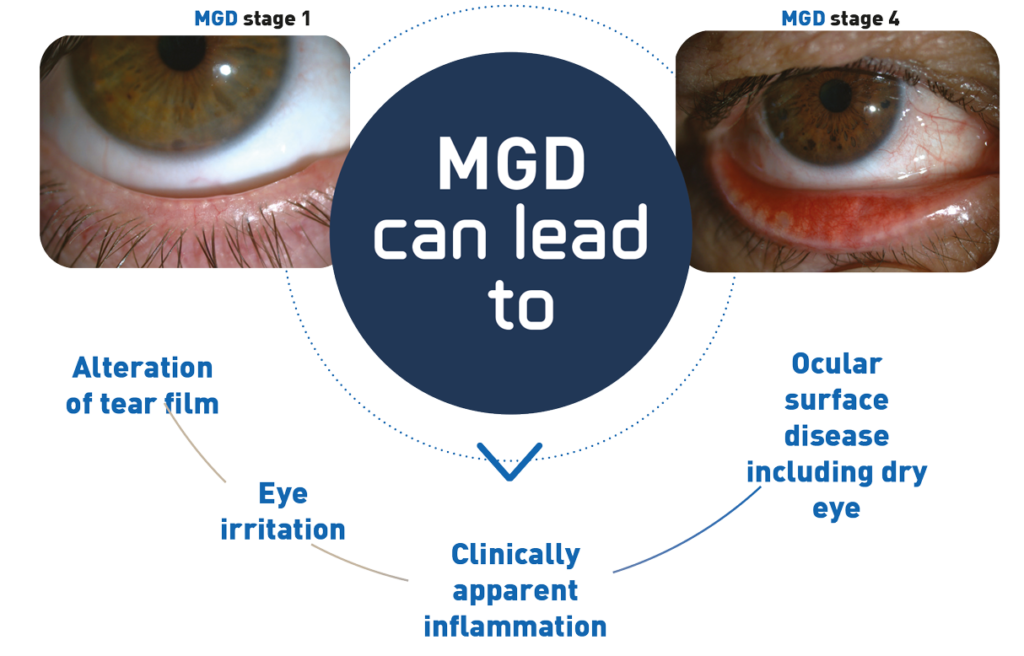
Major MGD risk factors
• Aging : older patients have an increased risk of developing MGD (4 /5)
• Chronic anterior and posterior blepharitis (5)
• Contact lens wear (5)
• Decreased blinking rate : in people who stare at a computer screen or use it frequently. (6)
Eyelid hygiene is the cornerstone of the treatment of MGD & associated diseases (7)
1. Eyelid warming (8)
To melt the meibum
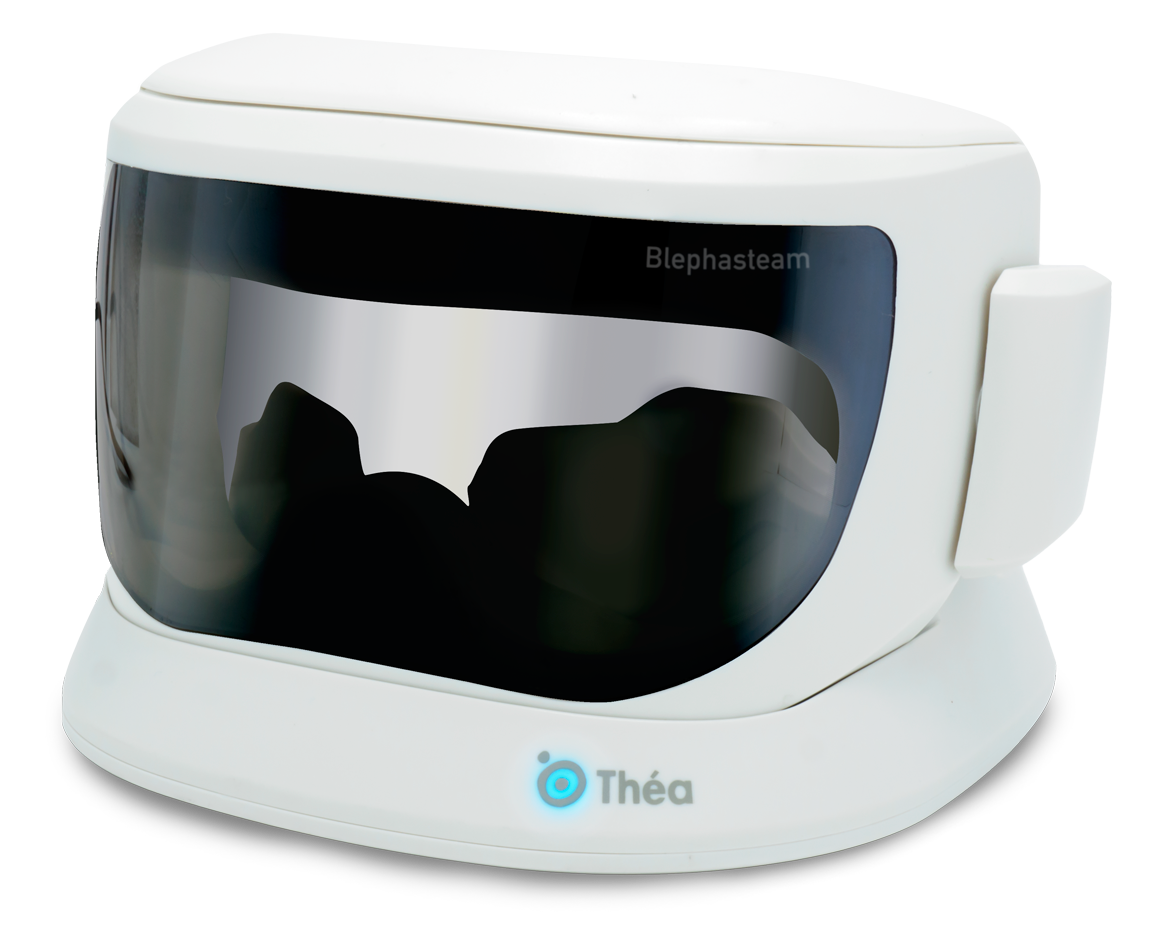
2. Eyelid massage (8)
To expel meibomian secretions
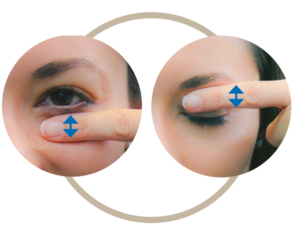
3. Eyelid cleansing (8)
To remove crust, bacteria and debris from eyelids
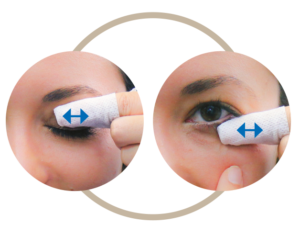
Eyelid warming is the first step in eyelid hygiene(7).
- To melt meibomian secretions especially from blocked or partly blocked ducts.(9)
- A constant warming up to ≥38°C is vital to liquefy meibum oil to allow elimination of the meibomiam secretions.(10)
- Higher temperature >40°C is required for more severely obstructed glands present in MGD to liquefy the secretions(9)(11)
Blephasteam® the premium eyelid warming device for the management of Meibomian Gland Dysfunction (MGD) and associated diseases such as dry eye syndrome, chalazion, blepharitis or ocular rosacea. (12)
How does Blephasteam® work? Watch our video.
References :
1. Nichols KK, et al. The international workshop on meibomian gland dysfunction: executive summary. Invest Ophthalmol Vis Sci. 2011 Mar 30;52(4):1922-9
2. Doan S, et al. Eyelid Disorders in Ophthalmology Practice: Results from a Large International Epidemiological Study in Eleven Countries. Ophthalmol Ther. 2020 Sep;9(3):597-608
3. Lemp MA, et al. Distribution of aqueous-deficient and evaporative dry eye in a clinic-based patient cohort: a retrospective study. Cornea. 2012 May;31(5):472-8
4. Hom MM, et al. Prevalence of Meibomian gland dysfunction. Optom Vis Sci. 1990 Sep;67(9):710-2
5. Schaumberg DA, et al. The international workshop on meibomian gland dysfunction: report of the subcommittee on the epidemiology of, and associated risk factors for, MGD. Invest Ophthalmol Vis Sci. 2011 Mar 30;52(4):1994-2005
6. Wan T, et al. Incomplete Blinking May Attribute to the Development of Meibomian Gland Dysfunction. Curr Eye Res. 2016;41(2):179-85
7. Geerling G, et al. The international workshop on meibomian gland dysfunction: report of the subcommittee on management and treatment of meibomian gland dysfunction. Invest Ophthalmol Vis Sci. 2011 Mar 30;52(4):2050-64
8. Benitez-Del-Castillo JM. How to promote and preserve eyelid health. Clin Ophthalmol. 2012;6:1689-98
9. Geerling G, et al. Emerging strategies for the diagnosis and treatment of meibomian gland dysfunction: Proceedings of the OCEAN group meeting. Ocul Surf. 2017 Apr;15(2):179-192
10. Pult H, et al. A comparison of an eyelid-warming device to traditional compress therapy. Optom Vis Sci. 2012 Jul;89(7)
11. Kenrick CJ, et al. The Limitation of Applying Heat to the External Lid Surface: A Case of Recalcitrant Meibomian Gland Dysfunction. Case Rep Ophthalmol. 2017 Jan 16;8(1):7-12
12. Blephasteam instructions for use.

